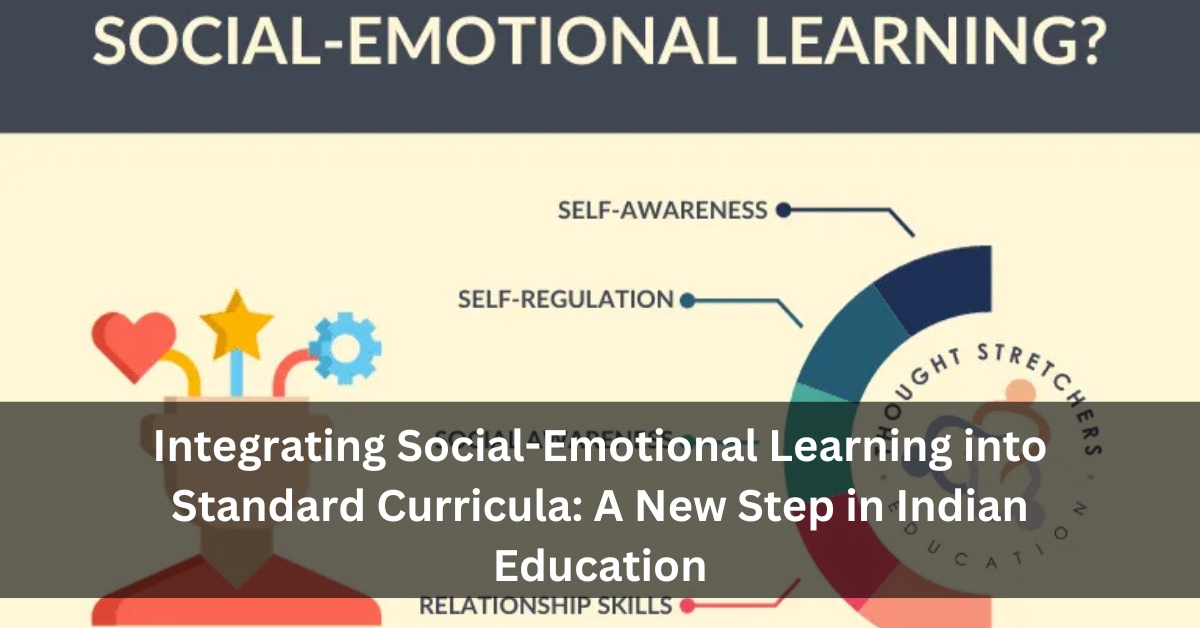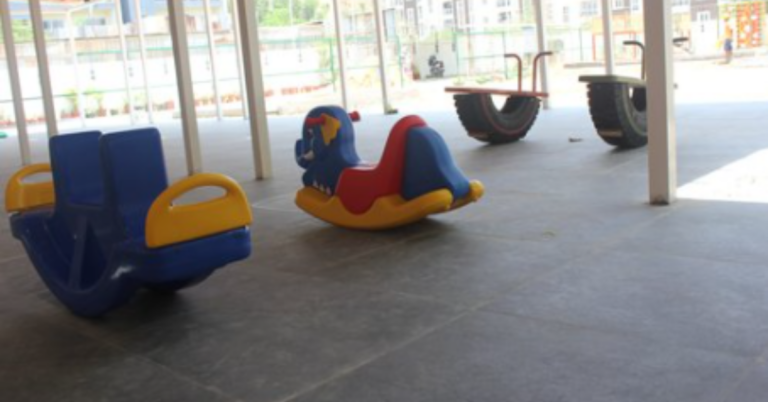Integrating Social-Emotional Learning into Standard Curricula: A New Step in Indian Education
India’s education system is changing. Along with maths, science, and English, schools are now focusing on something just as important—Social-Emotional Learning (SEL). But what is it, and why is everyone talking about it? In this article by Blog Lovin, we will explain SEL in simple terms and why it matters for students, teachers, and parents.
What is Social-Emotional Learning (SEL)?
Social-Emotional Learning, or SEL, is all about teaching children how to understand their emotions, show kindness to others, make good choices, and handle challenges calmly.
In simple words, it helps kids become better human beings. It teaches life skills like:
- Controlling anger and fear
- Saying sorry or thank you
- Working as a team
- Solving problems without fighting
- Respecting others, even if they are different
These may sound like small things, but they make a big difference both in school and in life.
Why is SEL Important Now?
Today’s students are facing more pressure than ever. There is competition in exams, peer pressure from social media, and sometimes problems at home.
Without emotional strength, even smart students struggle with stress and mental health. That’s why Social-Emotional Learning is important. It builds confidence and teaches students how to stay calm, focused, and happy.
The Indian Government is Taking Action
The National Education Policy (NEP) 2020 talks clearly about making education more “holistic.” This means not just focusing on marks, but also on personality and emotions.
Some states in India have already taken strong steps:
- Delhi’s Happiness Curriculum: This started in 2018 and includes daily classes where students talk about emotions, gratitude, and relationships.
- Tripura’s Saharsh Curriculum: Introduced to create joyful and pressure-free classrooms.
- Madhya Pradesh’s Anandam Pathyacharya: This focuses on student well-being through values and self-reflection activities.
These programs are now being seen as models for other states to follow.
Real-Life Benefits of SEL in Schools
When SEL is included in the daily timetable, schools have seen clear improvements:
- Fewer fights and arguments among students
- More cooperation in group work
- Better attendance and focus in class
- Higher scores in studies too!
Even parents have noticed that their children are calmer and more understanding at home.
How Schools Can Include SEL Without Extra Burden
Many teachers worry that SEL will add to their workload. But it doesn’t have to. Here’s how schools can include SEL without adding pressure:
1. Use Circle Time
Once or twice a week, teachers can have 15–20 minutes of open talk with students. They can ask questions like, “What made you happy this week?” or “What do you do when you feel angry?” This helps students express themselves freely.
2. Include It in Subjects
While teaching stories in English or History, teachers can highlight moral values and emotions like courage, honesty, and forgiveness.
3. Encourage Group Activities
Simple tasks like drawing posters, planting trees, or organizing a class event together teach students how to work as a team.
4. Train Teachers
Regular workshops can help teachers learn how to handle student emotions and build better relationships in class.
Role of Parents in SEL
Parents are a big part of SEL. Here are easy ways for parents to support it at home:
- Listen to your child daily—even if for 10 minutes
- Let them speak about their day without judgement
- Teach them to handle failures calmly
- Be a role model—children copy what they see
When parents and schools work together, SEL becomes stronger and more meaningful.
Challenges Ahead
Of course, there are some difficulties:
- Many schools are already overloaded with academic work
- Not all teachers are trained in SEL
- In rural areas, resources are limited
But change can start small. Even one SEL activity a week can create positive results.
India’s Digital Push for SEL
To make things easier, many apps and websites now offer SEL tools in local languages. For example:
- Mindfulness apps like ThinkRight.me and Headspace
- CBSE’s Diksha platform, which now has SEL content
- YouTube channels with short SEL stories and lessons
With mobile phones in most homes today, these resources can reach millions of children, even in smaller towns.
Final Thoughts
In a world full of speed and stress, knowing how to stay calm, think clearly, and be kind is more important than ever. That’s what Social-Emotional Learning offers.
For India to grow into a truly strong nation, our children need more than just facts—they need the power of emotional wisdom. And that journey starts in the classroom.
✅ Schools must include SEL
✅ Teachers must be trained
✅ Parents must support the process
Together, we can prepare children not just for exams, but for life.
For more articles like this, where education meets real life, follow Blog Lovin. We simplify big topics for every Indian reader—parents, teachers, and curious minds!







